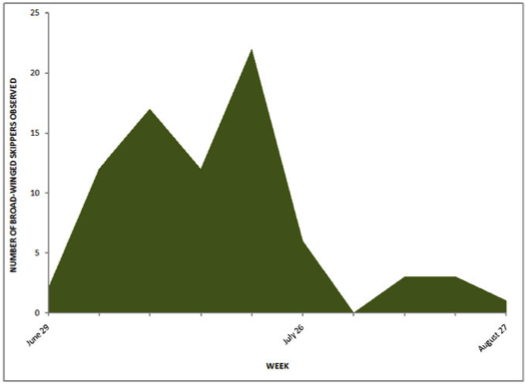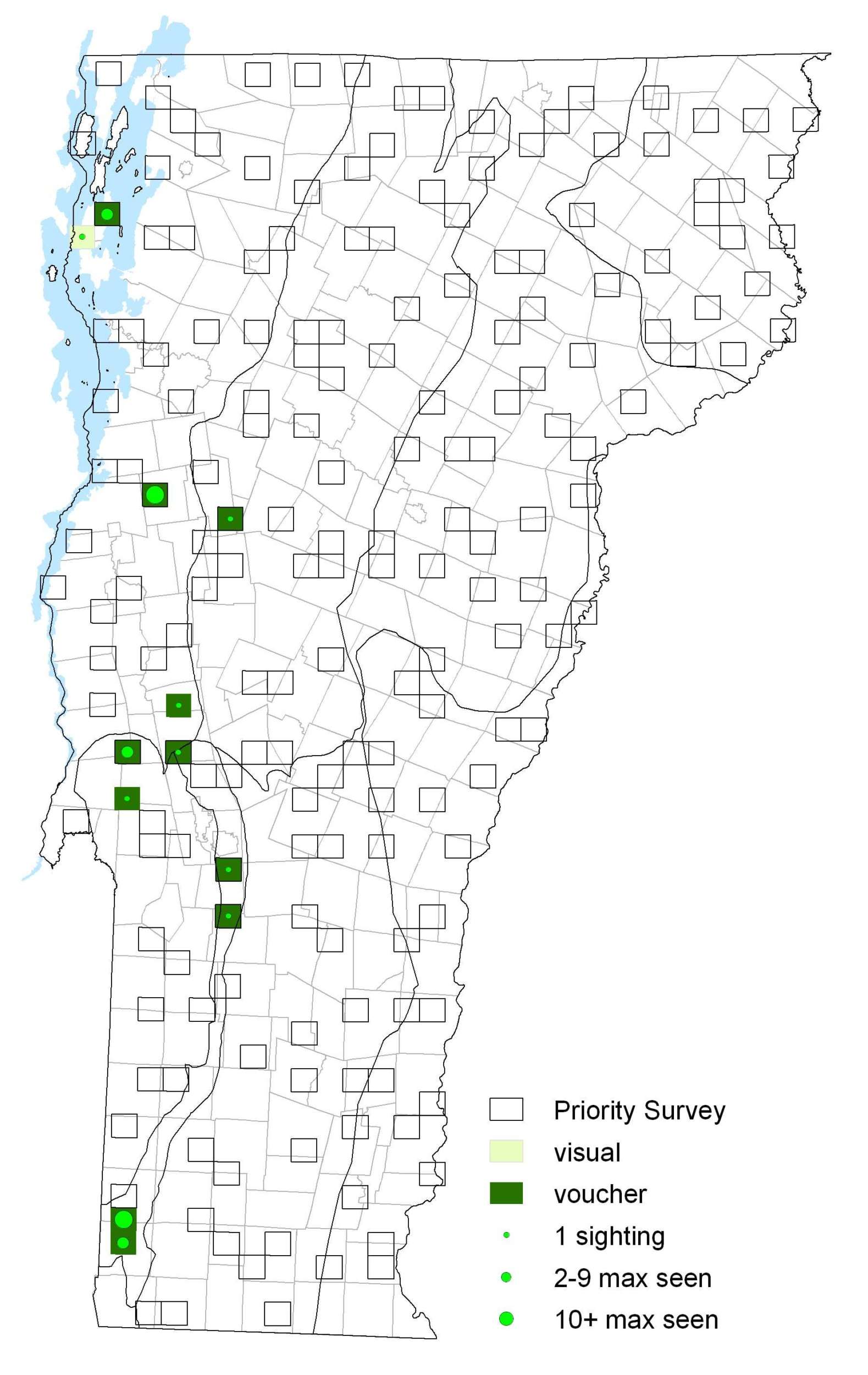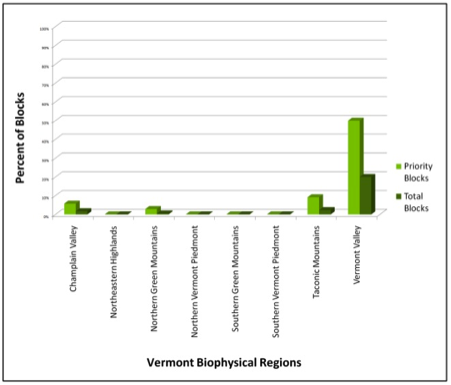|
Resident Conservation Status North American Range |
There are two subspecies recognized, “inland” P. v. viator ranges eastward into western New York and possibly Vermont, while the “coastal” P. v. zizaniae ranges from Massachusetts south along the Atlantic coastal plain to northern Florida and along the Gulf coast to eastern Texas. A 1992 specimen from Vermont was assigned to P. v. viator (Grehan et al. 1995). However, a population in Grand Isle appeared to be P.v. zizaniae (D. Hoag). Coastal populations have been expanding with the introduced Common Reed Grass (Phragmites australis).
Identification
A large skipper. Forewings are rounded. Upperside of forewing is dark brown with a small yellow-orange area and small cream spots. Hindwing is mostly orange with a black border and black veins. Underside of hindwing is orange-brown with a yellow-orange streak running from the wingbase and a median band of squarish yellow-orange spots.
Flight
One brood from late June through August during VBS. Extreme dates: 28 June 2003 in Grand Isle (D. Hoag) and 27 August 2003 in Bennington (K. Hemeon).
Distribution and Habitat
Found only in western Vermont during VBS and historically. Found in sedge wetlands, often with Common Reed (Phragmites australis), it is known to wander outside the wetlands for nectar. Larval host plants are Carex sedges (i.e. Hairy sedge, Carex Common Reed (Phragmites australis), Wild Rice (Zizania), and Marsh Millet (Zizaniopsis miliacea). Adult nectar Swamp Milkweed (Asclepias incarnata), Purple Loosestrife (Lythrum salicaria), and Blue Vervain (Verbena hastate).







